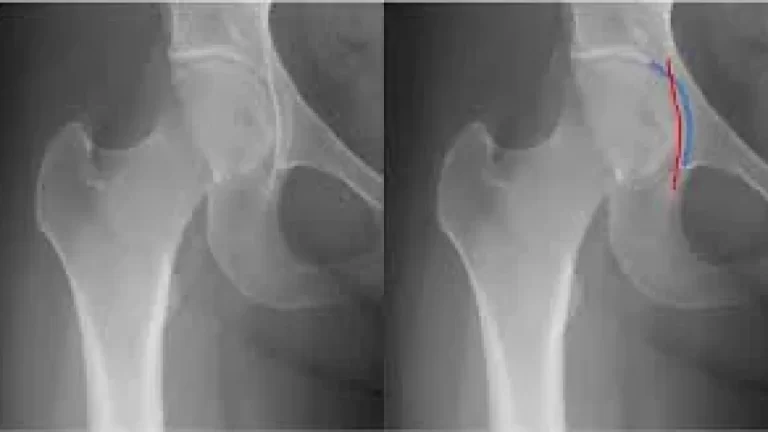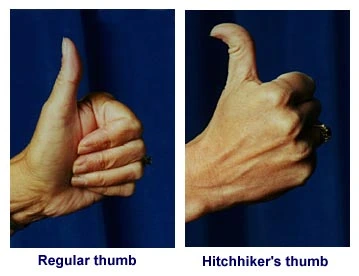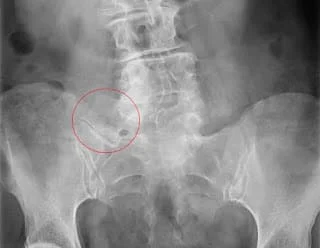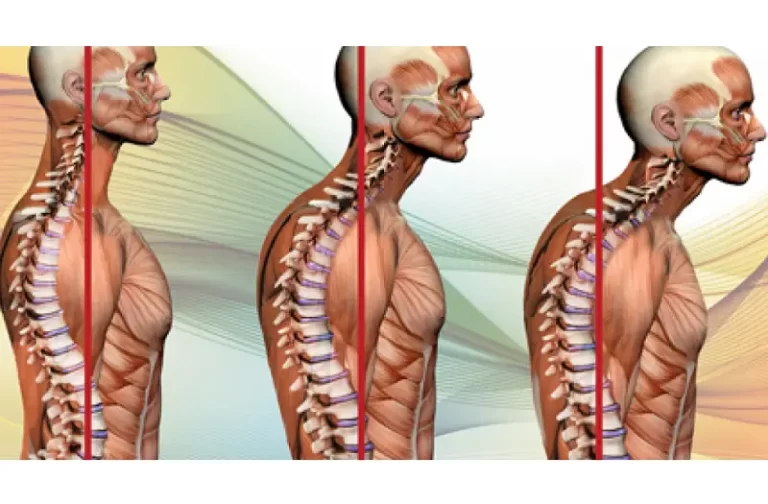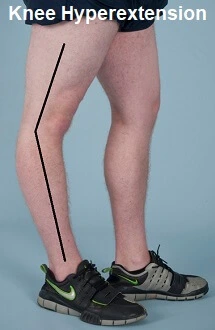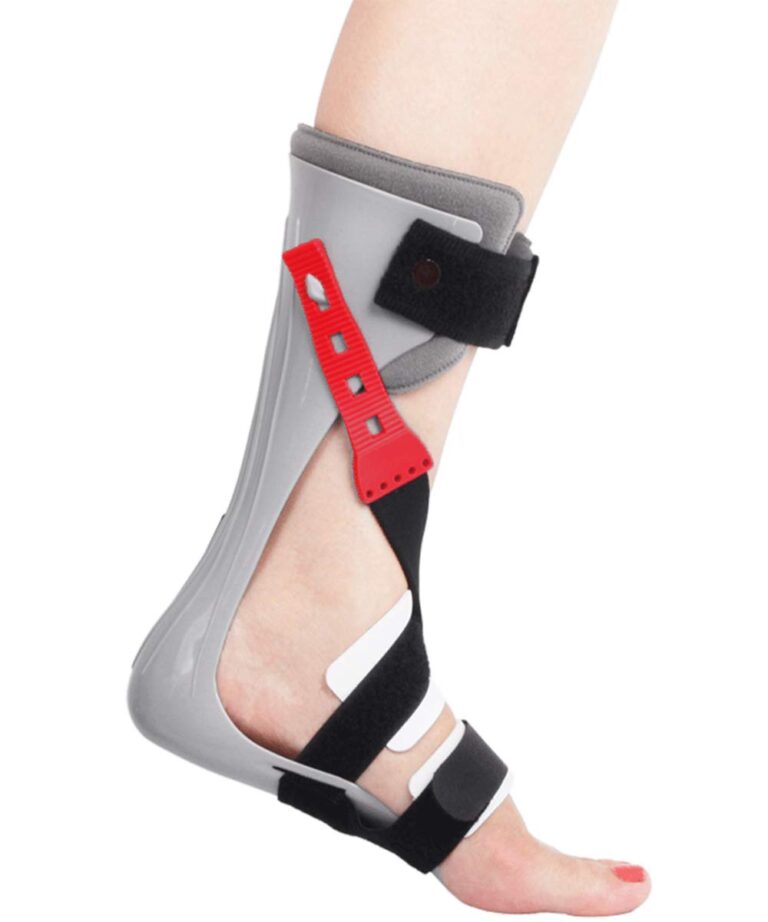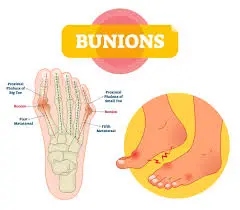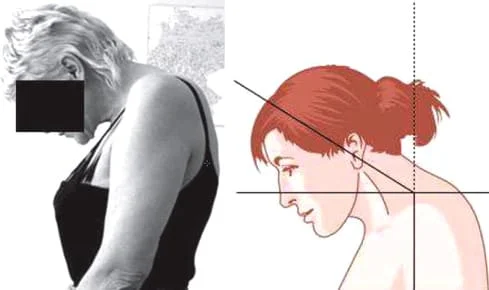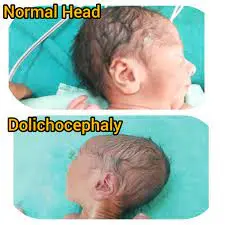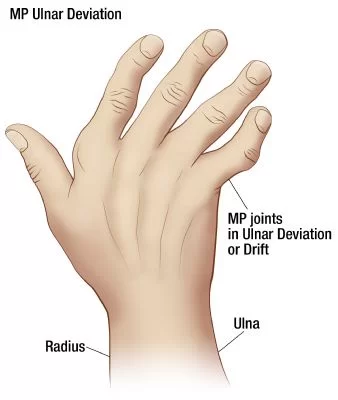Coxa Profunda
What is a Coxa Profunda? Coxa profunda is a condition characterized by an unusually deep hip socket (acetabulum), which can lead to excessive coverage of the femoral head. It’s often used as a radiographic finding to diagnose pincer femoroacetabular impingement (FAI), a type of hip impingement syndrome. Both asymptomatic football players and symptomatic patients frequently…

